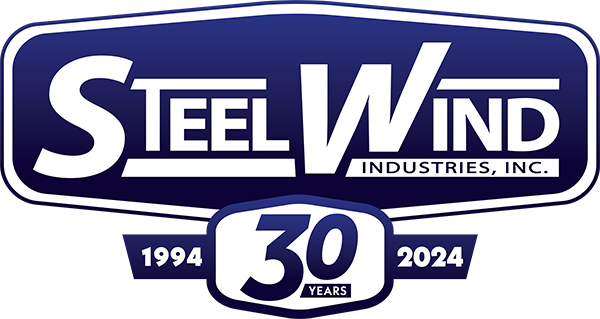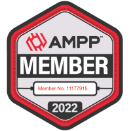Heat Treating
We Put Our Heat to the Test.
Steelwind can meet your most stringent heat treating needs with seven fully programmable furnaces and digital chart recorders for up to 40 thermocouples! Got something BIG? Steelwind has one of the largest commercially available ovens in the country with a weight capacity of 500,000 pounds and can house weldments up to 70’ long.
Ovens and Capacities
Furnace 1
12’W x 12’H x 20’L
2200°F capability
Furnace 2
15’ W x 17’ H x 40’ L
500,000 lbs capacity
2250°F capability
Furnace 3
15’ W X 15’ H X 70’ L
500,000 lbs capacity
1600°F capability
Furnace 4
12’ W x 12’ H x 24’ L
150,000 lbs capacity
1400°F capability
Furnace 5 & 6
8’ W x 7’ H x 10’ L
1400°F capability
Furnace 7
8’ W x 8’ H x 10’ L
1650°F capability








